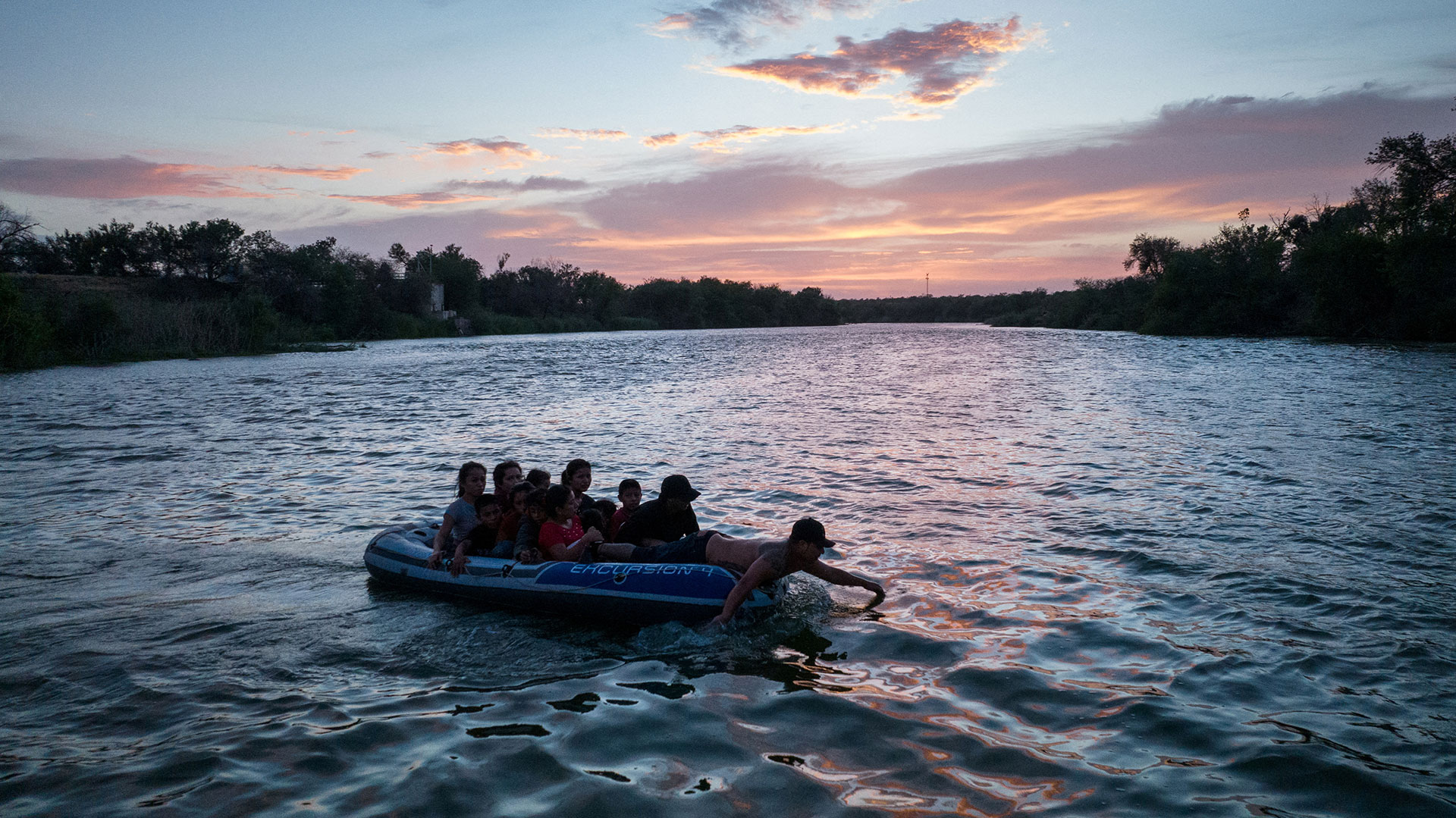A Reuters special report last week revealed that migrants are increasingly dying while attempting to cross the U.S-Mexico border. Reuters journalists Mica Rosenberg, Kristina Cooke and Daniel Trotta reported that there have been more than 1,000 fatalities on the U.S.-Mexico border since U.S. President Joe Biden took office in January 2021 and exclusively found that U.S. Customs and Border Protection recorded 151 deaths the agency described as “related” to its operations.
According to data from the United Nations, which started counting deaths in 2014, last year was the deadliest for migrants crossing the border, with 728 fatalities recorded. The U.N. had counted 340 more this year by July, apace with 2021’s grim record.
Some of the deaths, medical experts and advocates told Reuters, are a legacy of Trump-era policies. Republicans say Biden’s promise of a more “humane” approach to the border has encouraged migrants to embark on the dangerous journey to the United States in ever greater numbers.
Rosenberg, Cooke and Trotta, with additional reporting from Lizbeth Diaz and Jackie Botts in Mexico, spoke to U.S. Customs and Border Protection (CBP), the chief of trauma unit at Scripps Mercy Hospital, the head of Mexico’s National Migration Institute, and interviewed families of victims impacted by border deaths. They analyzed data from the Missing Migrants Project of the United Nations International Organization for Migration to uncover the rise in the death toll at the border.
Rosenberg said, “I asked what I thought would be a simple question of U.S. Customs and Border Protection (CBP): Can I have data on the recent number of deaths along the border that you have been regularly tracking since 1998, but have not updated on your website since 2020? What ensued was weeks of back and forth with the agency but no numbers, so while we waited, we went searching for the data elsewhere and for stories of people who had tragically lost their lives.”
“We were able to obtain unpublished hospital data from a San Diego hospital that recorded 209 border fence falls from 2019 to 2021, up from 43 recorded in the previous three years. We analyzed data from Arizona medical examiners that also showed a jump in recent deaths, as well as the data from the United Nations.”
“After many weeks of waiting and as we continued our additional reporting for Reuters, CBP got back to me and said that last year they changed their methodology on how they count deaths at the border to include only those who die in custody, during arrests or when agents were nearby. They shared exclusive data with me that showed there had been 151 such ‘CBP-related’ deaths in the 2021 fiscal year. However, they had no historical comparisons to share and could also not provide the number of those types of deaths in 2022 so far.” Bodies discovered by CBP or others are not currently included in the agency’s data.
CBP acknowledged in a statement that more broadly there has been “a rise in the number of deaths.” It blamed smuggling organizations “with no regard for human life,” who abandon migrants in remote and dangerous areas.
The project illustrated this devastating toll with a truly multimedia effort. Photographer Mike Blake embedded with hospital staff in San Diego tending to migrants who have fallen of the border wall. Video journalist Liliana Salgado and photographer Rebecca Noble rode along with border patrol in Arizona and toured a morgue where the bodies of migrants who die in the desert end up. Photographer Adrees Latif has spent years documenting the increase in migration across the dangerous Rio Grand River in South Texas. Matt Zdun and Ally Levine used the UN data to make informative graphics and Catherine Tai pulled everything together in an interactive page design with editing by Frank Jack Daniel.
You can read special reports from Reuters journalists around the world here.
Media contact: alaa.alsamarraie@thomsonreuters.com
